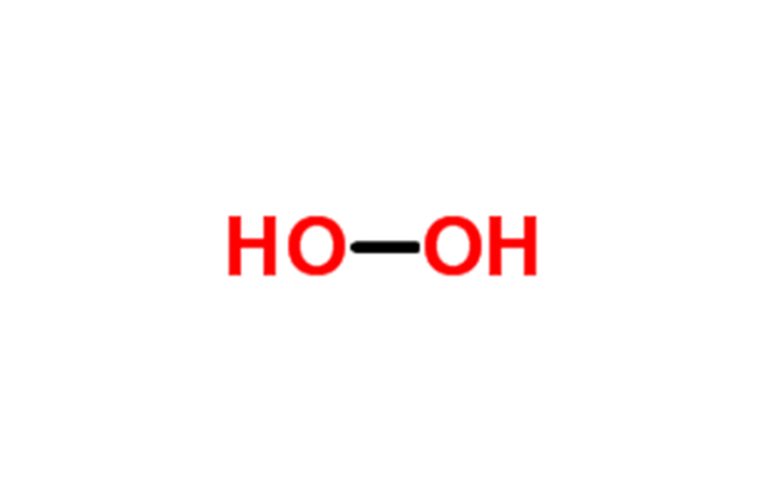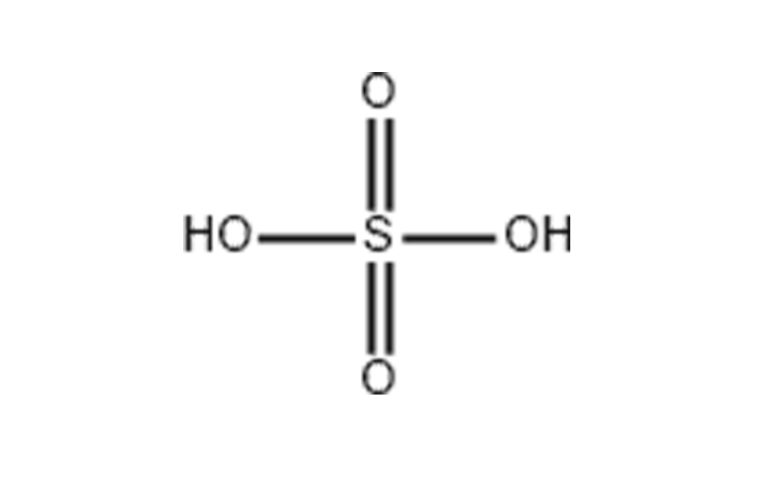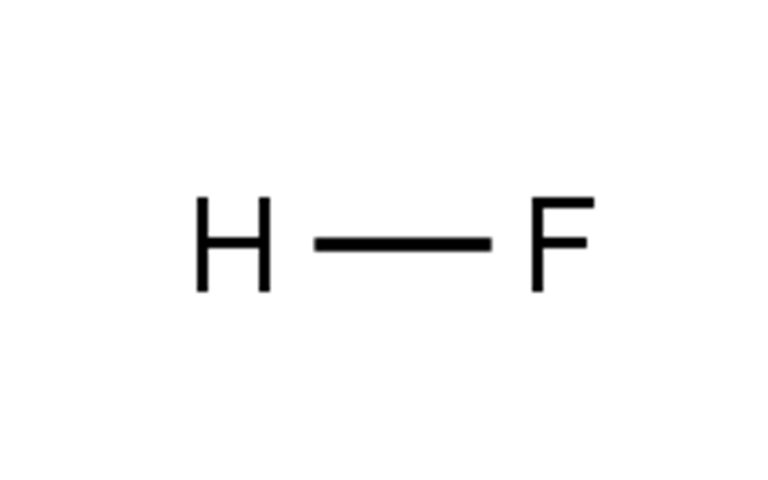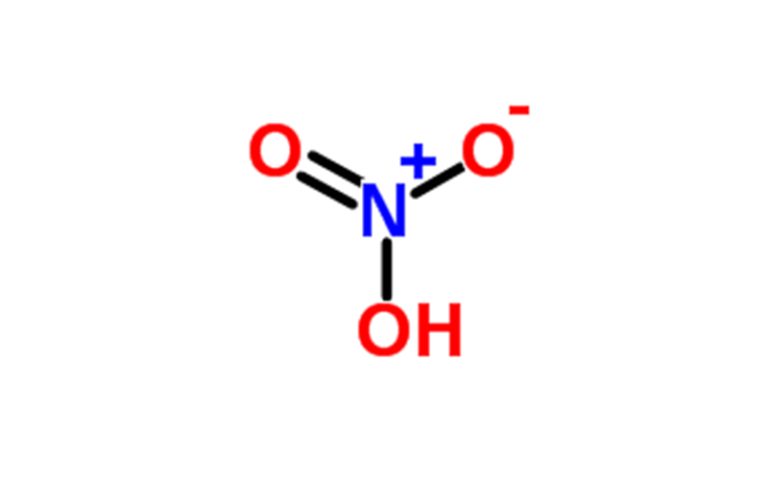| PARAMETER | U.M. | Minimum | Maximum | |
| Assay (NH3) | % | 28.0 | 30.0 | |
| Color | APHA | 5 | ||
| Chloride (Cl) | ppm | 0.01 | ||
| Carbonate (as CO3) | ppm | 1 | ||
| Sulfate (SO4) | ppm | 0.01 | ||
| Phosphate (PO4) | ppm | 0.01 | ||
| Reducing Substance, Permanganate (as KMnO4) | ppm | 0.5 | ||
| MAXIMUM OF IMPURITIES | U.M. | Minimum | Maximum | |
| Aluminum (Al) | ppb | 0.05 | ||
| Antimony (Sb) | ppb | 0.05 | ||
| Arsenic (As) | ppb | 0.05 | ||
| Barium (Ba) | ppb | 0.05 | ||
| Beryllium (Be) | ppb | 0.05 | ||
| Bismuth (Bi) | ppb | 0.05 | ||
| Boron (B) | ppb | 0.05 | ||
| Cadmium (Cd) | ppb | 0.05 | ||
| Calcium (Ca) | ppb | 0.05 | ||
| Chromium (Cr) | ppb | 0.05 | ||
| Cobalt (Co) | ppb | 0.05 | ||
| Copper (Cu) | ppb | 0.05 | ||
| Gallium (Ga) | ppb | 0.05 | ||
| Germanium (Ge) | ppb | 0.05 | ||
| Gold (Au) | ppb | 0.05 | ||
| Iron (Fe) | ppb | 0.05 | ||
| Lead (Pb) | ppb | 0.05 | ||
| Lithium (Li) | ppb | 0.05 | ||
| Magnesium (Mg) | ppb | 0.05 | ||
| Manganese (Mn) | ppb | 0.05 | ||
| Molybdenum (Mo) | ppb | 0.05 | ||
| Nickel (Ni) | ppb | 0.05 | ||
| Niobium (Nb) | ppb | 0.05 | ||
| Potassium (K) | ppb | 0.05 | ||
| Silver (Ag) | ppb | 0.05 | ||
| Sodium (Na) | ppb | 0.05 | ||
| Strontium (Sr) | ppb | 0.05 | ||
| Tantalum (Ta) | ppb | 0.05 | ||
| Thallium (Tl) | ppb | 0.05 | ||
| Tin (Sn) | ppb | 0.05 | ||
| Titanium (Ti) | ppb | 0.05 | ||
| Vanadium (V) | ppb | 0.05 | ||
| Zinc (Zn) | ppb | 0.05 | ||
| Zirconium (Zr) | ppb | 0.05 | ||
| PARTICULATE COUNT | U.M. | Minimum | Maximum | |
| ≧0.1 micron | pcs/ml | 200 | ||
| ≧0.2 micron | pcs/ml | 50 | ||
| ≧0.5 micron | pcs/ml | 30 | ||
| ≧1.0 micron | pcs/ml | 10 | ||
Physical and Chemical Properties
- Density: ~0.88 g/cm³ (at 20°C)
- Boiling Point: ~36°C (varies with concentration)
- Melting Point: ~-77°C
- pH: Strongly alkaline (pH >11)
- Solubility: Completely miscible with water, reacts with acids
- Decomposition: Releases ammonia gas (NH₃) over time, especially when heated
Key Applications
- Semiconductor Industry:
- Used in RCA cleaning (SC-1) for removing organic and particle contamination from wafers
- Essential in etching and chemical mechanical planarization (CMP) processes
- Electronics Manufacturing:
- High-purity alkaline etchant for microelectronics and display panels
- Key reagent in photoresist stripping
- Chemical & Pharmaceutical Synthesis:
- Used in high-purity chemical formulations
- Precursor for ammonium-based compounds in research and industry
- Environmental & Analytical Applications:
- Employed in ultra-pure water production and wastewater treatment
- Reagent in ICP-MS and other trace analysis techniques
Safety and Handling
- Hazards: Corrosive, causes severe irritation to skin, eyes, and respiratory tract. Can release hazardous ammonia fumes.
- Storage:
- Store in tightly sealed, compatible containers (e.g., PTFE, PFA, or high-purity HDPE)
- Keep in a cool, well-ventilated area away from acids and oxidizers
- Protective Equipment: Use chemical-resistant gloves, safety goggles, and work under fume hoods. Ensure proper ventilation when handling.
Market and Supply
- Major Producers: BASF, Merck, Kanto Chemical, Mitsubishi Chemical, etc.
- Packaging: Typically supplied in high-purity containers (2.5L, 25L, or bulk formats) for industrial applications
- Regulations: Complies with SEMI C9 and other industry standards for ultra-high purity aqueous ammonia








